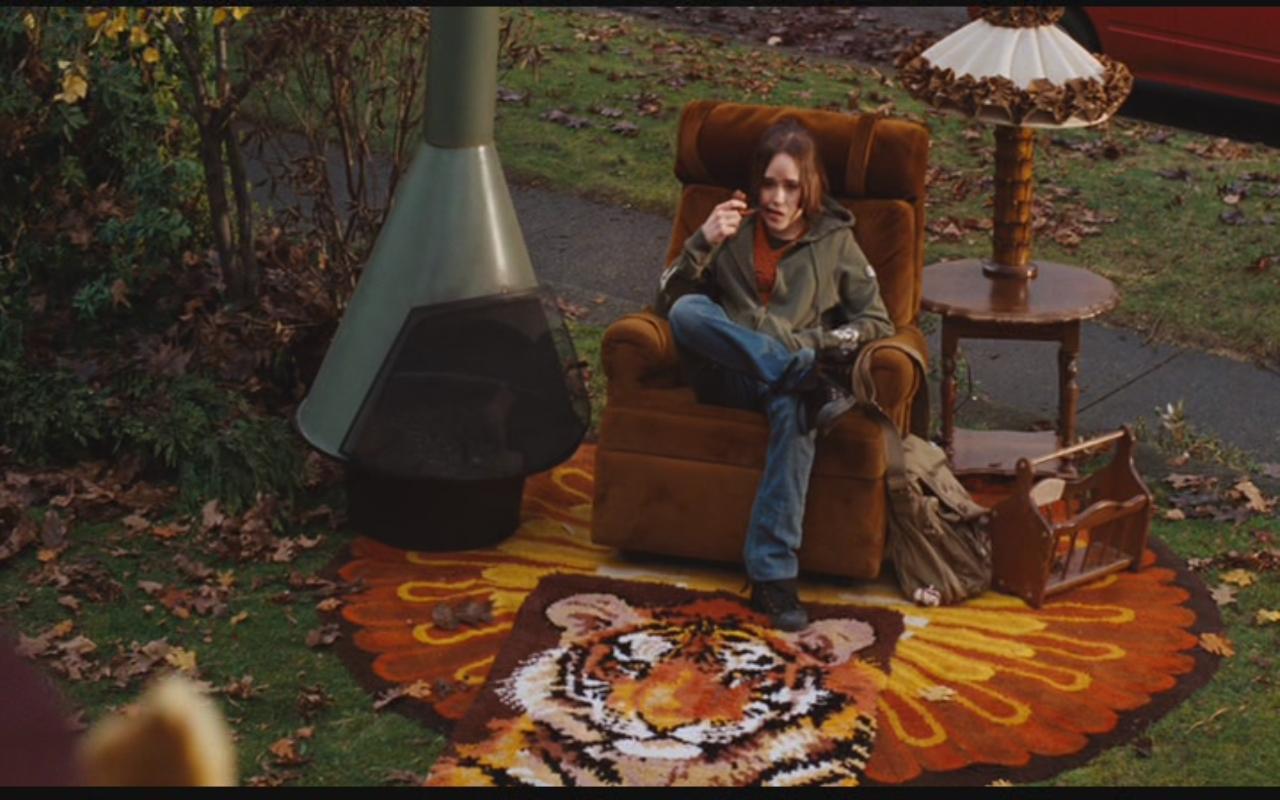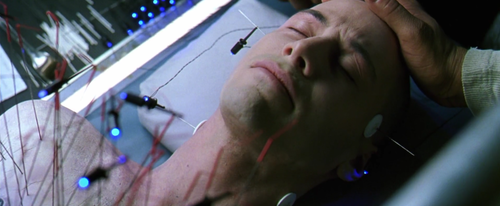A tale of adventure, brotherhood, love, and loss; this western film is one that will be known as a classic for more than just it’s cast. With Paul Newman as Butch Cassidy and Robert Redford as Sundance, it’s easy to see the potential of the success of this production. Aside from that, the format of the editing is something that really sets it apart from most movies of the time in 1969.
Opening up with a silent short, displaying images of Butch Cassidy’s Hole in the Wall Gang from Wyoming, you can expect to see some train robbers, bank robbers, brotherly companionship, and gunfights. This non-diegetic element (the film within the film and the soundtrack) explains that this story is one loosely based off true, historical events. I say loosely because the movie is not categorized as a documentary of any sort, but rather it dramatized some true events.
There were also some interesting views on morality in this movie. Butch and Sundance were robbers in the developing western civilization of the United States, and while they didn’t intend to kill, they were still committing an “immoral” act, according to most; robbing. Their counter antagonists were constantly after them, pursuing an arrest. Since they were so slick and always got away, they were soon chased after with intent to be killed. (You see this in the last scenes of the film.)
The interesting contrast here is that, even though Butch and Sundance are the “bad guys” of the movie, the wrong-doers, they are the ones classified as the protagonists, the characters that we follow and relate with throughout the course of the movie. The officers in the States, and the officers in Bolivia are the good civilians, protecting their citizens from harm’s way, namely Butch and Sundance. These officers though, are the antagonists of the film, the ones who we want to see fail in their endeavors.
This is a theme that has become a staple to western films. The idea is a counterintuitive one that I find worthy of addressing; especially concerning a plot line so monumental to the genre.
There are some more antagonists who were, more or less, true antagonists; “bad guys.” They were a group of cowboys who were hired to chase down Butch and Sundance when they attempted their usual robbery of the same Union Pacific Railroad train a second time. These antagonists were following behind in their own train, waiting for Butch and Sundance to strike again. When they finally get the opportunity to strike, they sure do and the chase is on.
The unique thing about this chase: you never see the pursuers faces. They aren’t identifiable in this regard. It makes for a more mysterious looming sense that Butch and Sundance are lingering in a more unclear state than they were before.
New formatting techniques, rising Hollywood stars, and a contrast of traditional moral view points make for a movie that sets the bar for the soon-to-boom western film genre. Butch Cassidy and the Sundance Kid is a classic that takes you back in time to the civilizing west.
Works Cited
Barsam, Richard Meran., and Dave Monahan. Looking at Movies: An Introduction to Film. New York: W.W. Norton &, 2010. Print.
Butch Cassidy and the Sundance Kid. Twentieth Century-Fox Films, 1969. DVD.








